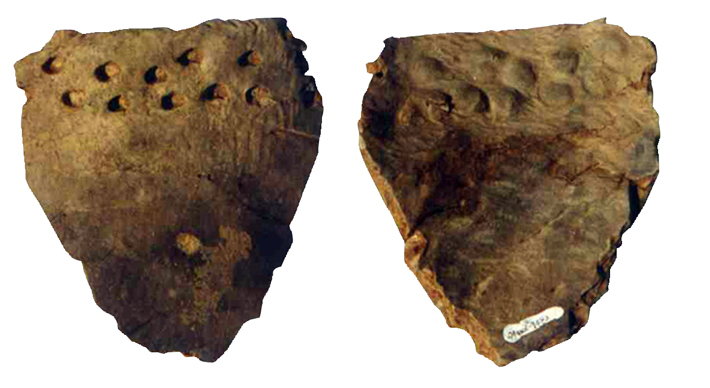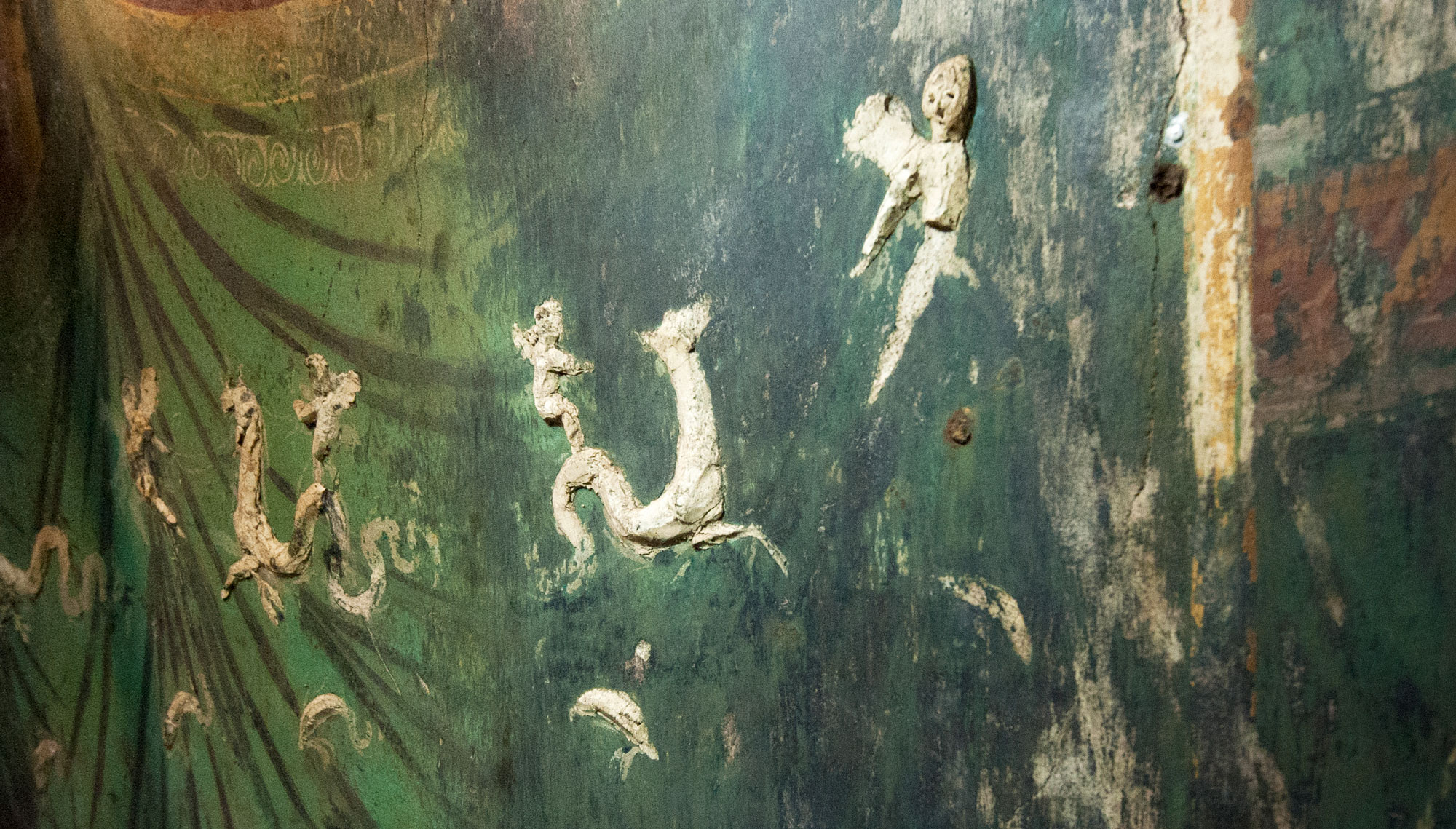
STANFORD, CALIFORNIA—The Daily Mail reports that a team of researchers from the Cantor Arts Center’s Art + Science Learning Lab and the Stanford Synchrotron Radiation Lightsource (SSRL) at the SLAC National Accelerator Laboratory examined a 2,500-year-old Athenian oil flask with a technique called synchrotron X-ray fluorescence. The results of the test produced a chemical map of the paint on the vase, which suggests that an extra step was required to apply a calcium-based additive for the color white. “Under what they thought was a single coat, they found other instances of painting that the naked eye could not see,” said Jody Maxmin of Stanford University. In addition, it had been previously thought that zinc was added to produce black figures during the heating process on Greek vases, but the chemical map failed to show any zinc in the black regions of the pot. For more on Greece, go to “A New View of the Birthplace of the Olympics.”











